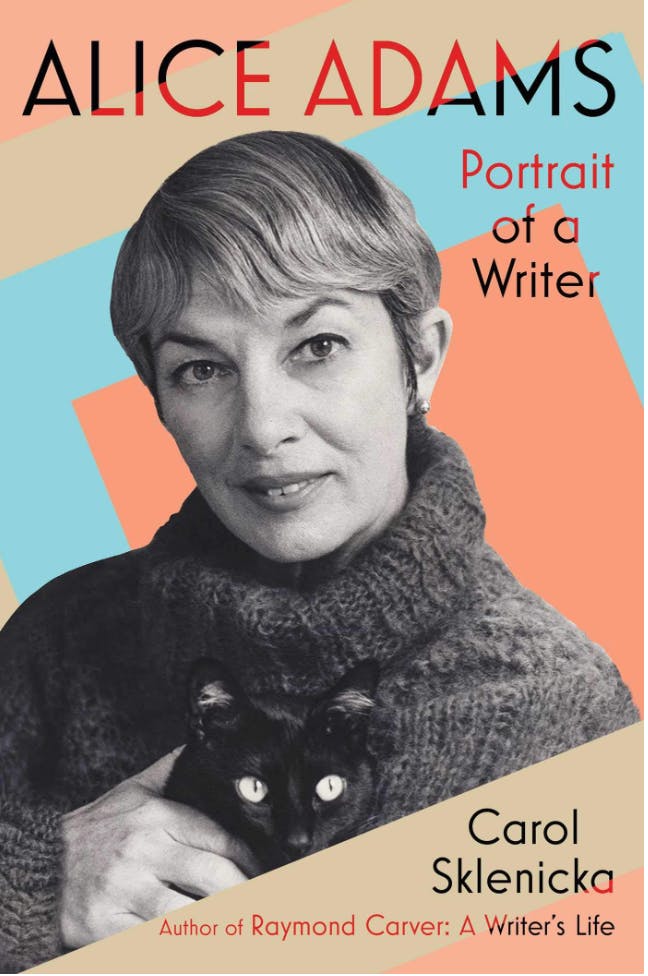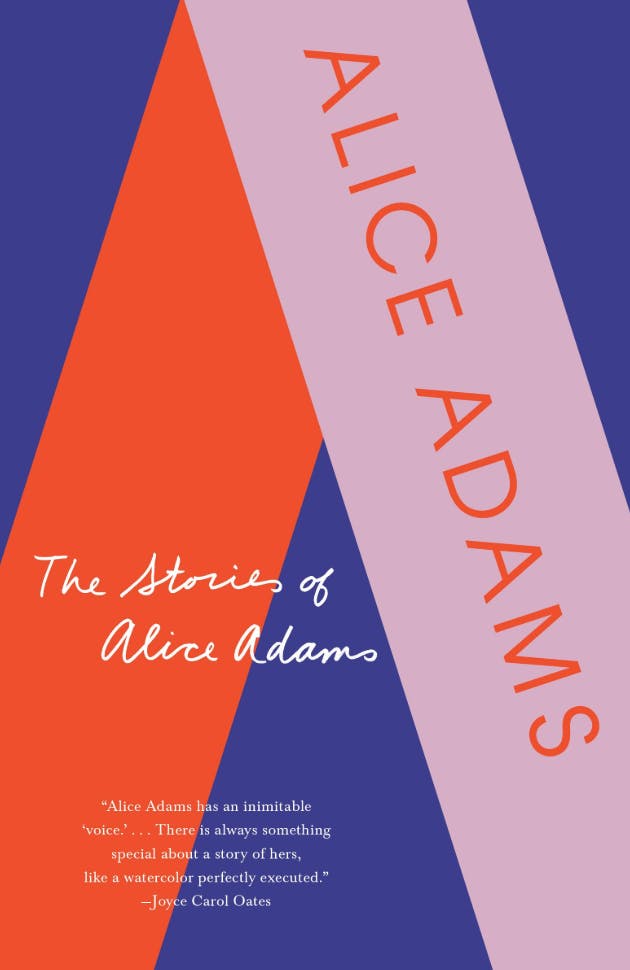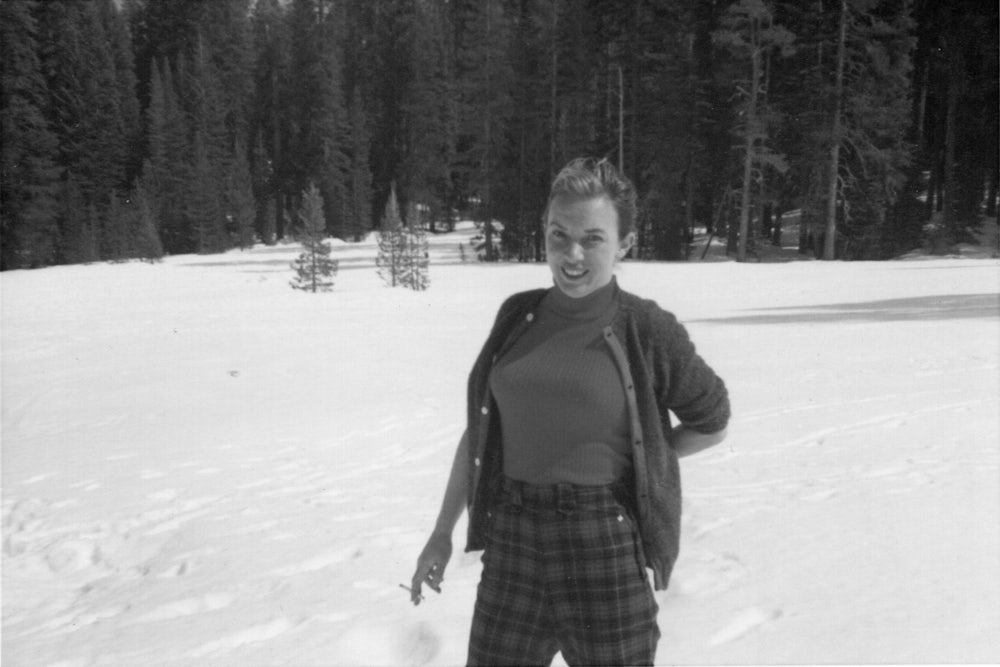It’s just one of the tough truths of being an artist that you can publish 17 books and dozens of short stories—in both the big commercial magazines and the beloved literary journals—and wind up, two decades after your death, a footnote. If you’re lucky, you’ll get a renaissance. The posthumous salvation of our literary foremothers seems to happen regularly these days: Jean Stafford, Lucia Berlin, Bette Howland. Now it’s Alice Adams’s turn.

Biographer Carol Sklenicka has written an exhaustive new study, Alice Adams: Portrait of a Writer, and there’s also a new edition of The Stories of Alice Adams. Though not a household name, Adams has been widely anthologized alongside the greats of the short story, such as John Cheever, Raymond Carver (Sklenicka’s previous subject), Joyce Carol Oates, and Lorrie Moore. The fiction that Adams published in The New Yorker in the 1970s was, in many ways, the prototypical New Yorker story: a middle-class milieu dissected with linguistic clarity, concluding with a kind of oblique understatement: “And later I married the other man, and later still I almost got used to being happy.” (From “Home Is Where,” a story first published in Redbook; this style was not limited to The New Yorker.)
Adams wrote mostly about women, the majority of them white and wealthy, but they’re all sort of disappointed, and what could be more universal? “Three children, and as many abortions. I hate the symmetry, but there you are. I haven’t counted lovers. It comes to a normal life, for a woman of my age.” (“Truth or Consequences.”) To some readers these stories will seem like throwbacks or curiosities. But Adams’s approach—so far from the prevailing taste—can still surprise.
Her stories often begin with a confident authorial assertion, not minimalist but efficient: “Ardis Bascombe, the tobacco heiress, who twenty years ago was a North Carolina beauty queen, is now sitting in the kitchen of her San Francisco house, getting drunk.” (“Beautiful Girl.”)
Stories contains 53 works published across 31 years, but it is impressively consistent. The protagonists are women living in Northern California, or maybe they’re vacationing there, or perhaps they hail from North Carolina and are reminiscing about their youth there. These women are less concerned with being mothers or daughters or friends than with romance. In “To See You Again,” a woman remembers a long-ago crush on one of her students—“Just a messy red-haired kid was how someone else might have seen him. Whereas to me: perfect poignant beauty”—when an actor in a film reminds her of him. That’s all: an echo of the past that seems to mean something, an innocent erotic attachment.

The writer’s life was full of affairs—consuming, passionate, then failed. Romance, yes, but also the kind of deeper sexual attachment that appears in her fiction. In Portrait, Sklenicka quotes an essay by Adams recalling a childhood friend: “I had never seen a penis before, and I truly thought it was marvelous, so pink and pretty.”
Sklenicka’s book traces the lines between the author and her art, though the close reader of Adams’s fiction could deduce much of what her biographer illuminates: an upbringing in the South; a stormy father and a mother with frustrated artistic ambition, dead too young; an unhappy marriage; a host of affairs. If occasionally the biographer seems to reach, well, that’s her job: to use facts and the historical record to help us understand both the life and the art.
It’s hard to imagine any but the true devotee wading in: I think Adams was a superb writer, but I’m not sure I need 500 pages on her. But if you’re the sort who delights in the account of the midcentury artistic life—living on pennies in postwar Paris, selling a short story for enough money to buy a car, palling around with Norman Mailer (perhaps sleeping with him) and Saul Bellow (almost definitely sleeping with him) and Irving Howe (possibly being raped by him)—Portrait of a Writer does deliver.
And of course, this is an account of a woman artist. Adams’s teachers discourage her from writing fiction. Just out of college, she marries, because what else can she do? She relocates as her husband’s work dictates (he also aspires to be a writer, but settles for an academic career), landing in Northern California, where she has a child and tries and repeatedly fails to sell a novel. Sklenicka notes:
Adams reacted to the rejection with a sort of shrugging passivity and shape-shifting that one suspects might be a typically female and fifties way of stepping aside from her ambitions.... “I sometimes wish that writing wasn’t what I wanted to do, or really that I had both more drive and more talent. I have just enough of both to make me uncomfortable.”
Adams was underselling herself; she went on to great success and acclaim. Hers is a cautionary tale of all that women of her generation endured, but also a reminder that so many great artists (Alice Munro and Toni Morrison immediately come to mind) do not find their footing until their fifth decade. If the stories contain Adams the person, as her biographer shows us, I want to believe the older writer came to see herself as someone possessed of both drive and talent. She writes in her 1984 story “Return Trips”: “A very wise woman who is considerably older than I am once told me that in her view relationships with people to whom we have been very close can continue to change even after the deaths of those people, and for me I think this has been quite true.” This is a beautiful insight. I want to believe that the very wise woman imparting it is Alice Adams herself.
